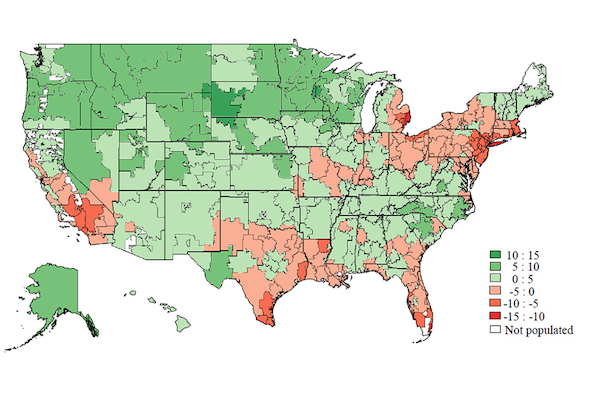SOCIAL INNOVATION | HUMAN HEALTH
Measuring "diagnostic intensity"
New study maps U.S. regions where patients appear more ill than they are.

15 February 2017
EXCERPT
In some areas of the U.S., medical providers consistently order more tests and treatments for patients than providers do elsewhere — a fact that has generated considerable public debate. Now a new study co-authored by MIT scholars suggests that these differences in medical practices influence how the apparent health of populations is measured across regions.
Population health is typically measured according to medical claims data based on the diseases individuals are diagnosed with and treated for. But the study shows that, in practice, such measures reflect not only the underlying health of local populations, but also the propensity of providers to offer tests and treatments, a phenomenon the MIT researchers call “diagnostic intensity.”
Because patients in areas with greater diagnostic intensity will have more health problems diagnosed and entered into their records, insurance-based health metrics will make those patients appear sicker than equivalently healthy patients in places with lower diagnostic intensity.